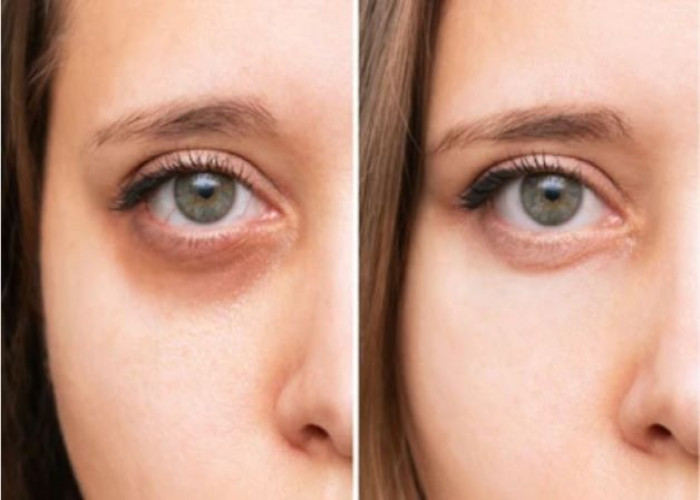 Welcome
Welcome
“May all be happy, may all be healed, may all be at peace and may no one ever suffer."
Bags under eyes
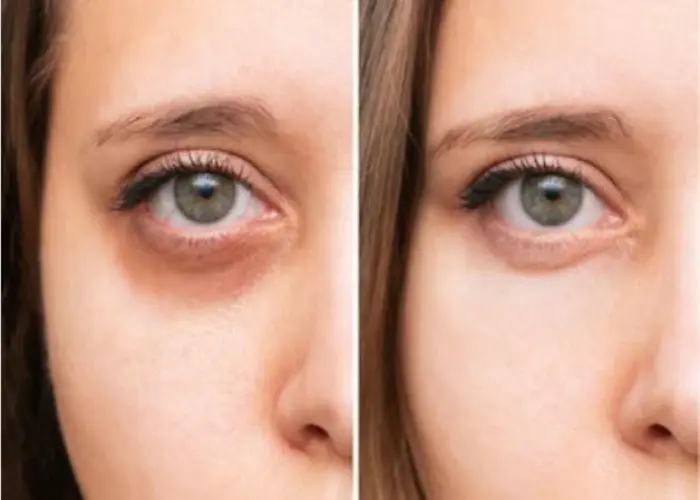
Bags under the eyes are a common cosmetic concern that can make a person look tired or older than they actually are. They are usually caused by a combination of factors, including genetics, aging, fluid retention, and lifestyle habits. Lack of sleep, dehydration, and excessive alcohol and salt intake can also contribute to the appearance of bags under the eyes. Treatment options may include home remedies such as cold compresses or cucumber slices, over-the-counter products like creams and gels, or in some cases, cosmetic procedures like fillers, laser therapy, or surgery. However, it is important to address any underlying health issues that may be contributing to the problem, such as allergies or thyroid problems.
Research Papers
Disease Signs and Symptoms
- Redness or swollen of outer ear
- Swollen eye (Conjunctivitis)
- Loose skin
Disease Causes
Bags under eyes
Bags under eyes are caused when the tissue structures and muscles supporting your eyelids weaken. The skin may start to sag, and fat that's usually around the eye can move into the area below your eyes. Also, the space below your eyes can gather fluid, making the area look puffy or swollen. Several factors cause or worsen this effect, including:
- Aging
- Fluid retention, especially upon waking or after a salty meal
- Lack of sleep
- Allergies
- Smoking
- Genetics — under-eye bags can run in families
- Medical conditions, such as dermatitis, dermatomyositis, renal disease and thyroid eye disease
Disease Prevents
Disease Treatments
Bags under eyes are usually a cosmetic concern and don't require medical treatment. Home and lifestyle treatments may help reduce puffiness. But if you're concerned about the appearance of under-eye swelling, medical and surgical treatments are available. Treatment may not be covered by medical insurance if it's done solely to improve your appearance.
Medications
If you think the swelling under your eyes is caused by an allergy, ask your health care provider about prescription allergy medication.
Therapies
Various wrinkle treatments are used to improve the appearance of puffiness under the eyes. These include laser resurfacing, chemical peels and fillers, which may improve skin tone, tighten the skin and rejuvenate the under-eye area. For people with brown or Black skin, laser resurfacing carries the risk of permanent changes in skin color (hyperpigmentation or hypopigmentation). Talk with your health care provider about which laser resurfacing technique reduces this risk.
Eyelid surgery
Depending on what's causing bags under the eyes, eyelid surgery (blepharoplasty) may be a treatment option. Your surgeon will tailor your blepharoplasty (BLEF-uh-roe-plas-tee) to your unique anatomy and needs, but in general the procedure involves removing excess fat through an incision in the natural crease of the upper eyelid or inside the lower lid. The procedure is usually done in an outpatient setting with local anesthesia.
In addition to correcting bags under eyes, blepharoplasty can also repair:
- Baggy or puffy upper eyelids
- Excess skin of the upper eyelid that interferes with your vision
- Droopy lower eyelids, which may cause white to show below the iris — the colored part of the eye
- Excess skin on lower eyelids
Talk with your health care provider about the side effects of eyelid surgery — dry eyes, watery eyes, pain, swelling, bruising and blurred vision. Rare complications include visual loss, bleeding, infection, injury to eye muscles, corneal abrasion and drooping of an eyelid.
Disease Diagnoses
Disease Allopathic Generics
Disease Ayurvedic Generics
Disease Homeopathic Generics
Disease yoga
Bags under eyes and Learn More about Diseases

Tuberculosis of Skin (Lupus Valgaris)

Intermittent explosive disorder
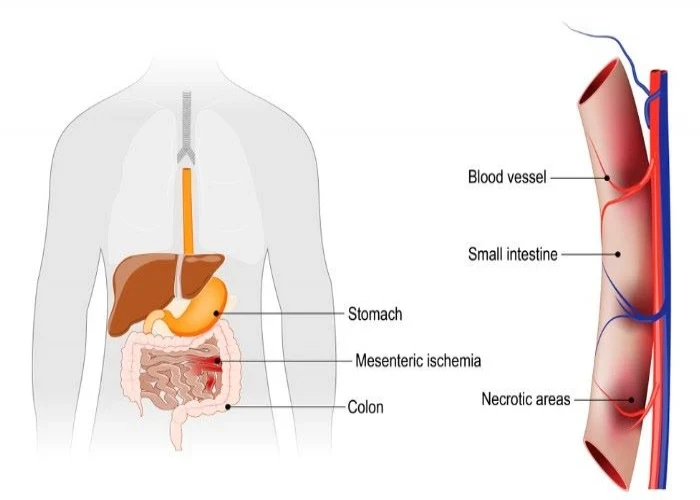
Mesenteric ischemia
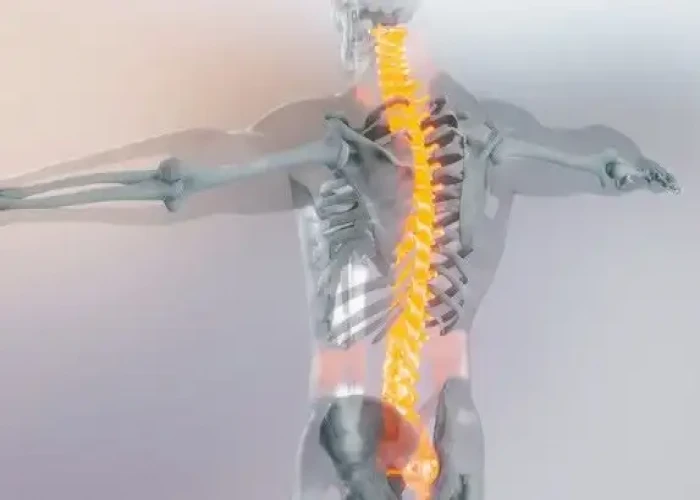
Spinal arteriovenous malformation (AVM)

Mononucleosis

Pinworm infection

Sexually transmitted diseases (STDs)
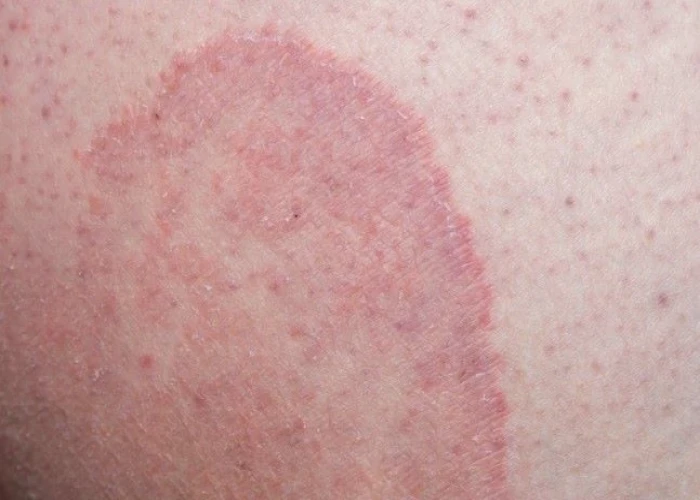
Jock itch
Bags under eyes, Eye bags, Dark circles removal, Dark circles treatment, চোখের নিচের কালো দাগ
To be happy, beautiful, healthy, wealthy, hale and long-lived stay with DM3S.
